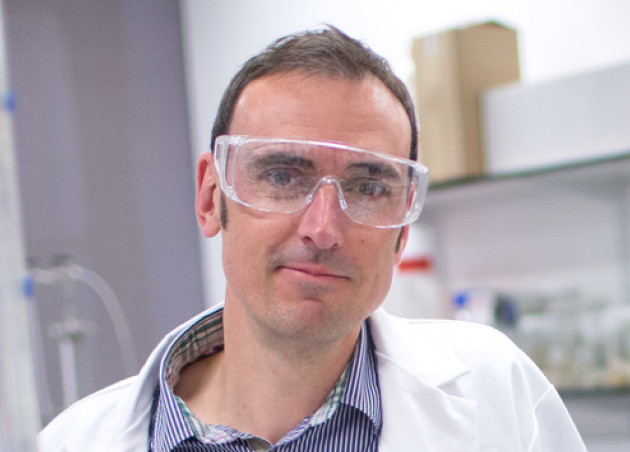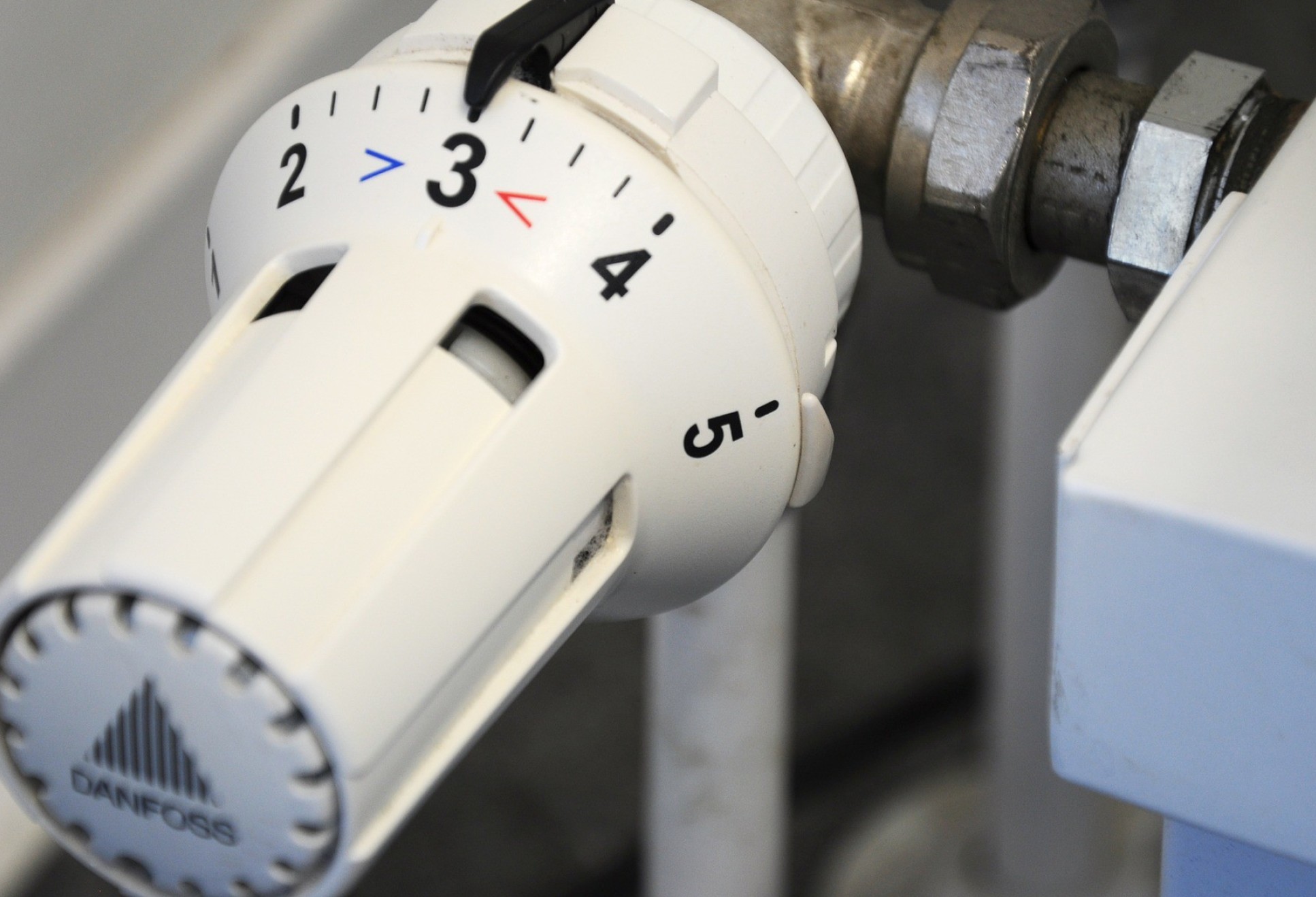Launch of Imperial-led project to deliver low carbon heating and cooling in UK
by Nicky Jenner

The project will develop innovative technology to decarbonise the heating and cooling of buildings – a major contributor to the UK’s carbon emissions.
Led by the Department of Earth Science and Engineering (ESE), the collaborative project – entitled ‘Aquifer thermal energy storage for decarbonisation of heating and cooling (ATESHAC): Overcoming technical, economic and societal barriers to UK deployment’ – involves the Energy Futures Lab and the Centre for Environmental Policy at Imperial College London; the British Geological Survey; and the Department of Earth and Environmental Science at the University of Manchester.
"Reducing emissions from the UK building sector is essential – and ATESHAC offers a promising way to do this." Prof. Matt Jackson ESE
The project is led by ESE's Professor Matt Jackson, launched yesterday, and has been awarded a £1.5 million grant by the Engineering and Physical Sciences Research Council (EPSRC, part of UK Research and Innovation (UKRI)).
Supporting decarbonisation
The research will help address the high carbon emissions associated with heating and cooling buildings in the UK, in turn supporting the UK’s decarbonisation strategy and goal of reducing national contributions to global climate change by 2050 (see Imperial’s Transition to Zero Pollution).
 Prof. Jackson says: "Reducing carbon emissions from the UK building sector is essential – and the technology we’re proposing offers a promising way to do this. It’s been widely applied in other countries such as the Netherlands, but there are a number of technical, economic and societal barriers we need to overcome to see widespread deployment in the UK."
Prof. Jackson says: "Reducing carbon emissions from the UK building sector is essential – and the technology we’re proposing offers a promising way to do this. It’s been widely applied in other countries such as the Netherlands, but there are a number of technical, economic and societal barriers we need to overcome to see widespread deployment in the UK."
This technology is known as ‘aquifer thermal energy storage’, or ATES. ATES works by capturing the waste heat and cool produced when buildings are heated in winter and cooled in summer, and storing this in the form of warm or cool water in an underground aquifer (porous rock mass). Heat or cool is pumped back to the surface to be used when needed.
The UK has a handful of ATES projects, supplying less than 0.025% of UK demand, but there is high potential for wider use. The UK has seasonal variations in temperature that are essential to create excess warm and cool that can be stored, and there are suitable aquifers beneath many large urban and industrial centres.

An interdisciplinary approach
ATESHAC brings together geoscientists, geoengineers, economists and social scientists to address the key barriers facing ATES deployment in the UK – from how aquifers respond to energy storage to a lack of public understanding or acceptance of the technology itself.
Ed Hough, who leads the research at the British Geological Survey, says: "We’ll propose solutions to inform government policy, regulation, planning authorities, and energy and infrastructure companies, combining technical geoscience and geoengineering research with economics and social science.
"Our overall goal is to enable ATES to provide a thousand times more capacity than at present, to provide broad decarbonisation benefits to UK buildings."
More on ATESHAC: https://www.imperial.ac.uk/earth-science/research/research-groups/ATESHAC/
Project collaborators:
Article supporters
Article text (excluding photos or graphics) © Imperial College London.
Photos and graphics subject to third party copyright used with permission or © Imperial College London.
Reporter
Nicky Jenner
Department of Earth Science & Engineering